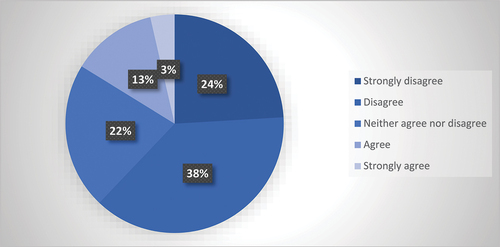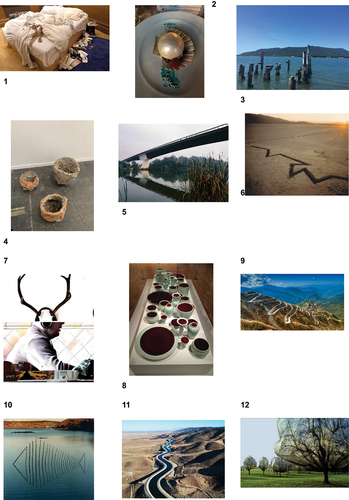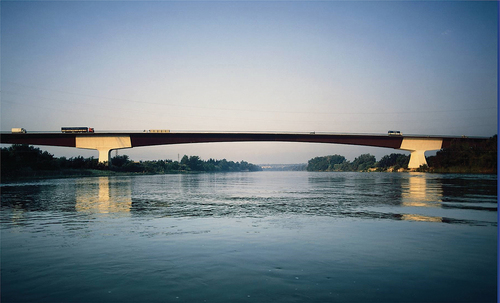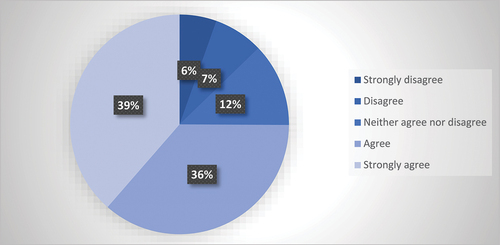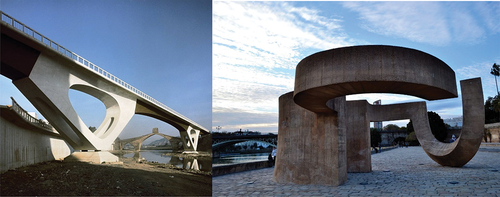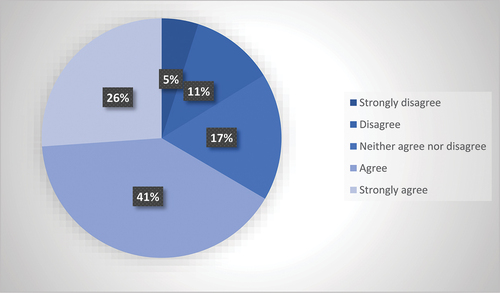Figures & data
Table 1. Sample description
Figure 1. Level of agreement with the statements regarding the perception of art.
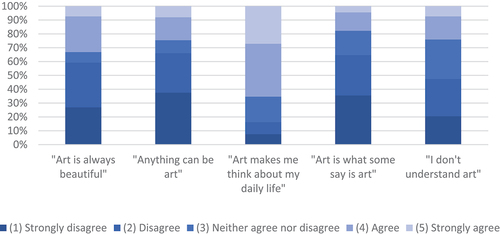
Figure 3. Results from the selection of the (six of twelve) images that were considered as art.
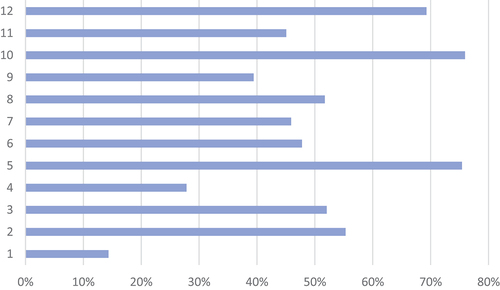
Figure 5. Images presented in the question, “which of this images you consider the work of an engineer?”.
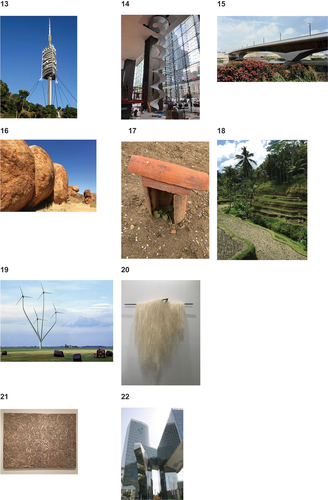
Figure 6. Results from the selection of five images from ten presented representing projects in which an engineer was involved.
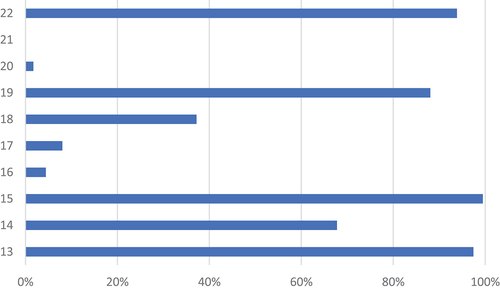
Figure 8. Level of agreement with the statements on the value given to engineering work.
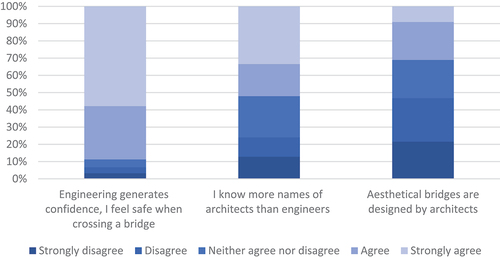
Figure 9. Images of construction works presented for the selection of those considered to be designed by an architect.
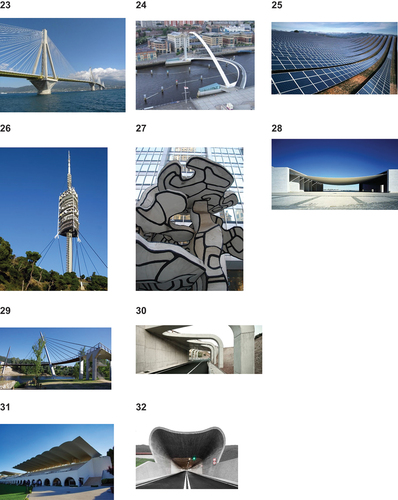
Figure 10. Selection of five images from ten presented of construction works considered to be designed by an architect.
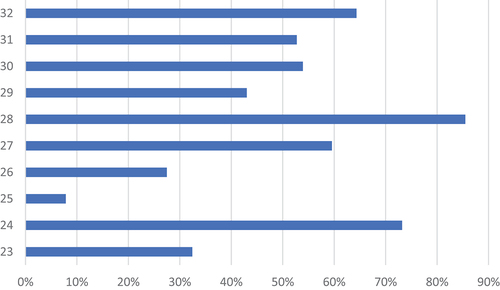
Figure 11. Images of pedestrian walkways presented for the selection of those preferred by the participants.
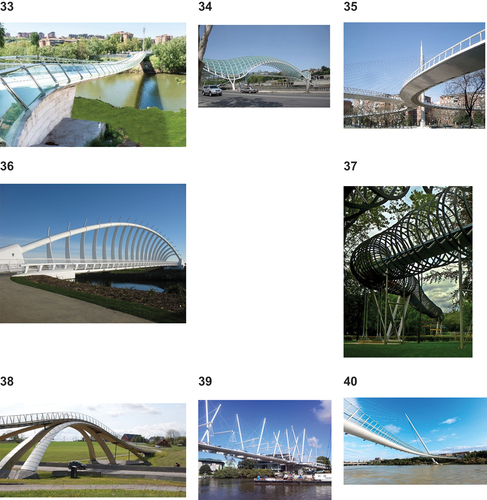
Figure 12. Frequency in the selection of four images from eight presented of pedestrian walkways, indicating participants’ preferences.
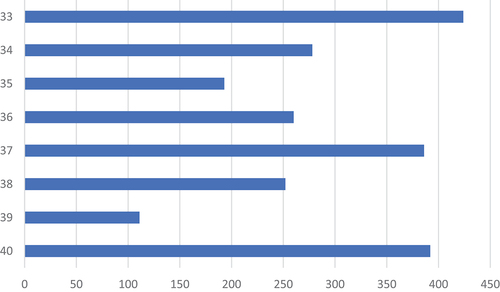
Figure 13. City of Tokyo, Japan. An example of how the building-bridge complex, in its chromatic monotony and solutions, subverts the premise of satisfying what people want: functionality and beauty.
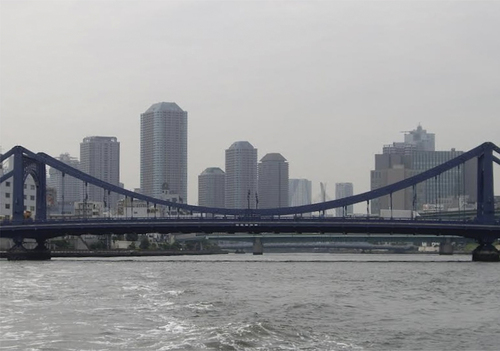
Figure 14. Level of agreement with the expression “engineers are not expected to have creativity, since that is the role of architects”.
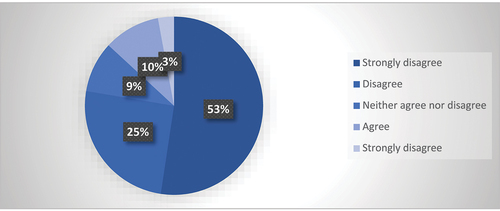
Figure 15. Level of agreement with the statements on civil construction as a work of art.
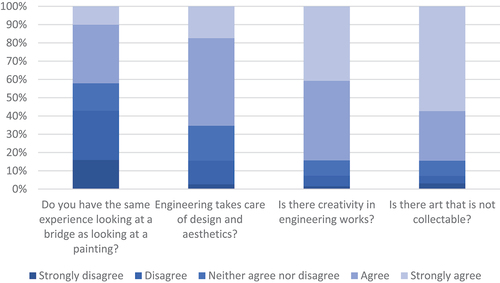
Figure 16. Golden Gate Bridge (San Francisco, USA), used as a reference for the question: Is this bridge a work of art?
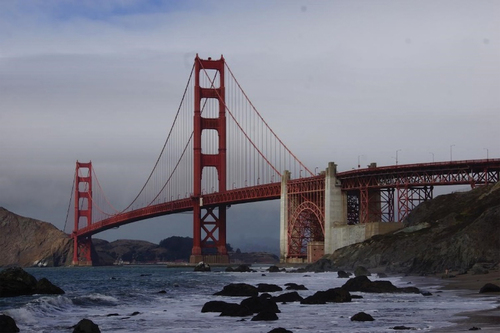
Figure 18. Level of agreement with the question: “Engineering is more about art than it is about science”.
